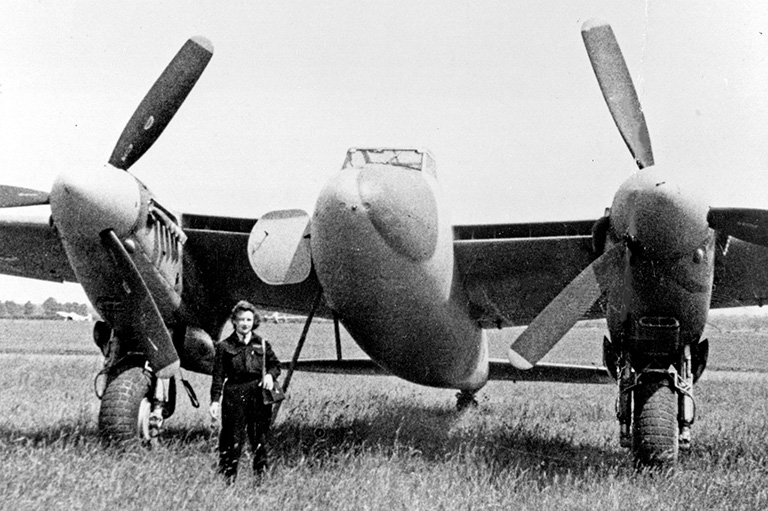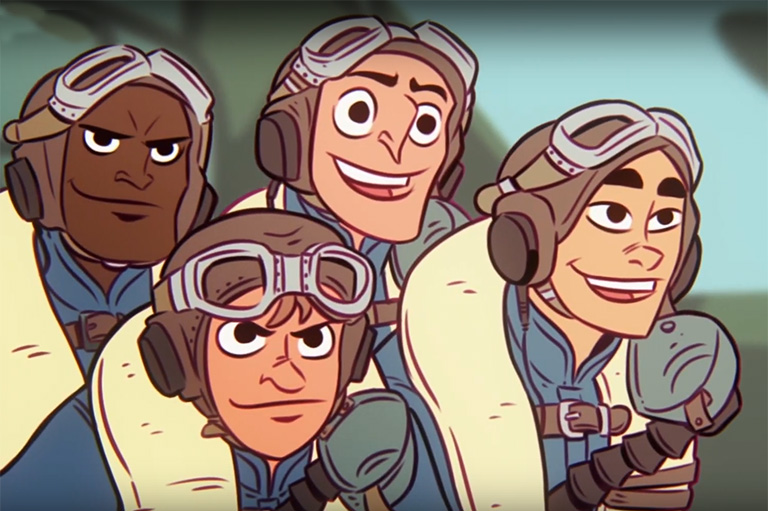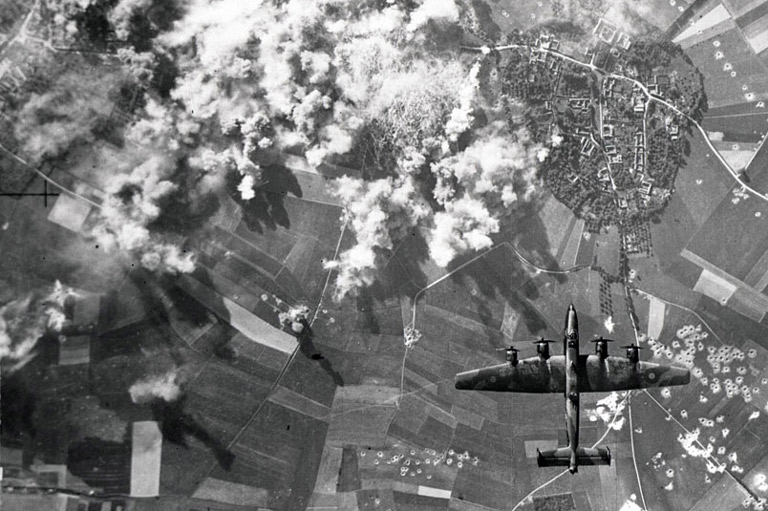Planes of the RCAF
The Royal Canadian Air Force lists 229 historic aircraft that have been flown by Canadians in service of their country, including those piloted during the First World War before the official formation of the RCAF. Here is a closer look at some of the most outstanding airplanes and those who flew them.
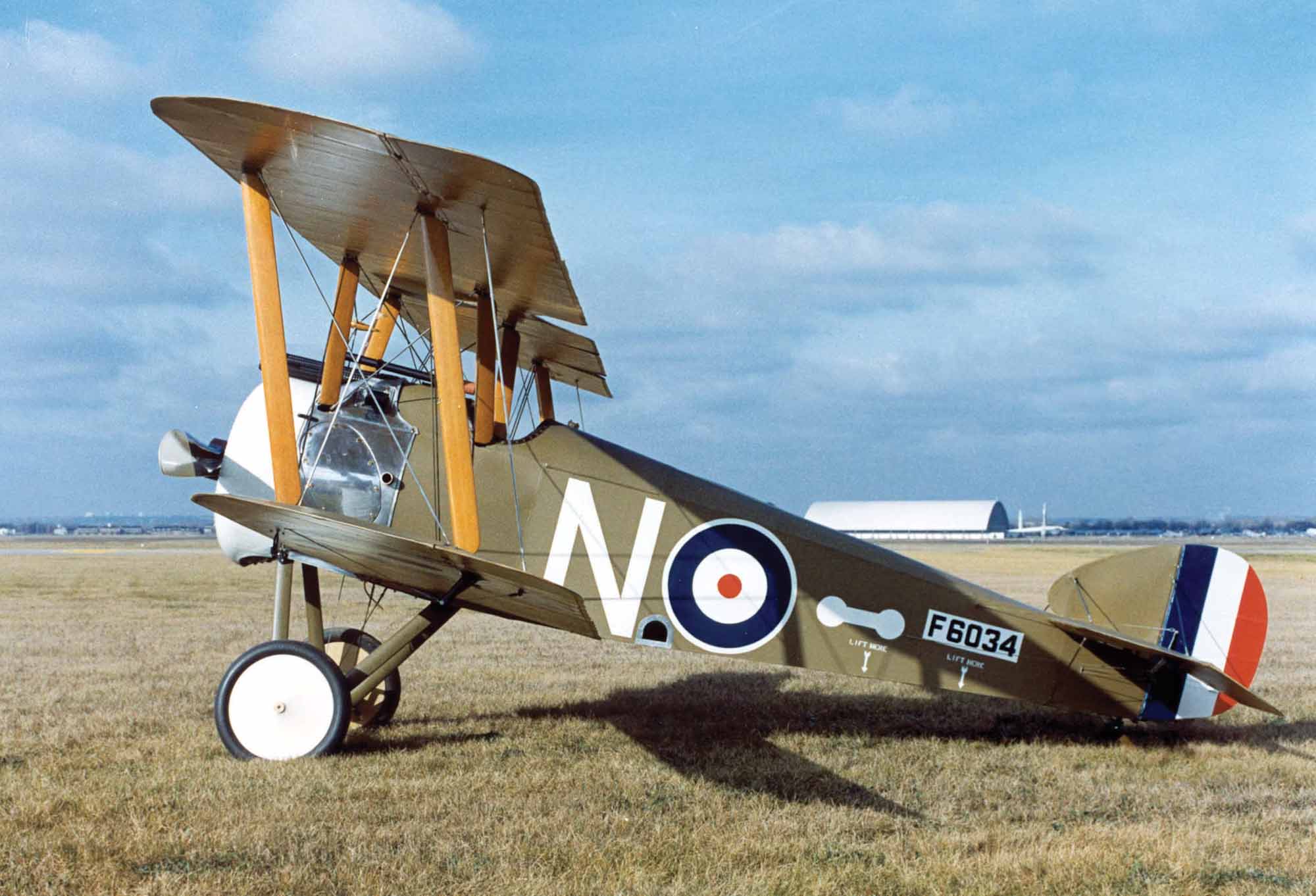
Sopwith Camel
Introduced in the summer of 1917, the Sopwith Camel quickly became the most successful fighter of the First World War, bringing down more enemy aircraft than any other plane. Difficult to handle but deadly in the air, the Camel boasted a top speed of 190 kilometres per hour. Canadians flying the Camel included Donald MacLaren, Canada’s third-highest-scoring ace, with fifty-four confirmed kills in 1918, and William Barker, who earned a Victoria Cross and was Canada’s most decorated flyer of the First World War. Barker was so successful on the Italian front that his Sopwith Camel B6313 was retired from service as the single most successful Camel of the war, with 379 hours of flying time and forty-six downed enemy aircraft.
With 7 uniquely curated newsletters to choose from, we have something for everyone.
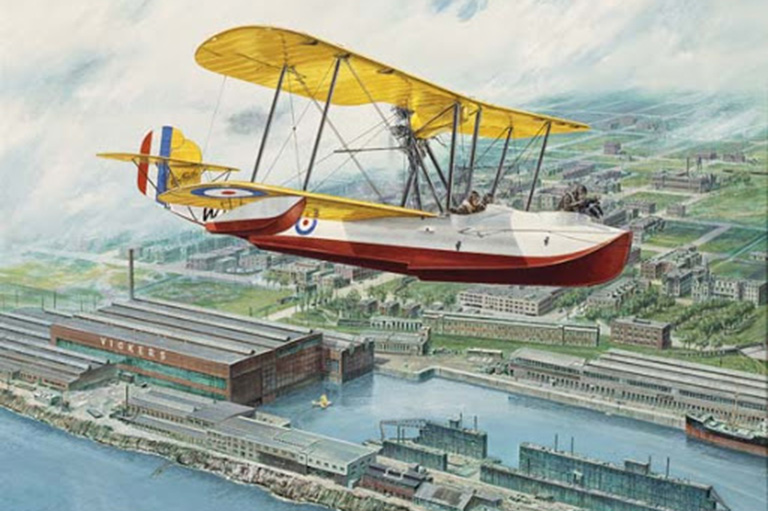
Vickers Vedette
The Vickers Vedette shares a special place in the history of the RCAF. It entered service in 1924, the same year the RCAF was officially established, and it was the first commercially produced aircraft designed and manufactured entirely in Canada. The Vedette was ideal for exploring the lakes and rivers of the Canadian North. A total of sixty aircraft were constructed, the majority of which served the RCAF in the interwar years. Although none remain today, there are two painstakingly restored replicas — one at the Royal Aviation Museum of Western Canada in Winnipeg and one at the Western Development Museum in Moose Jaw, Saskatchewan.
Advertisement
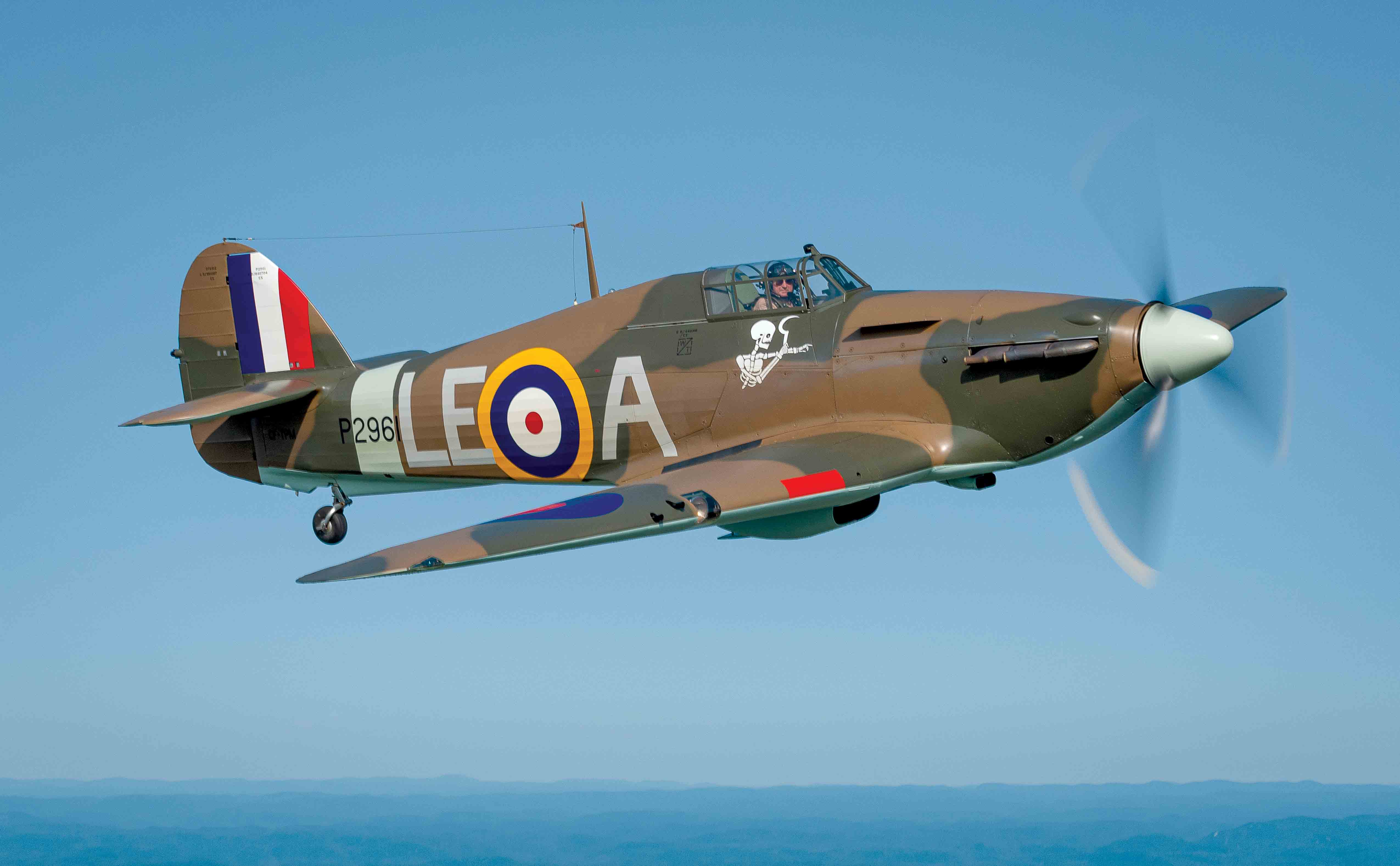
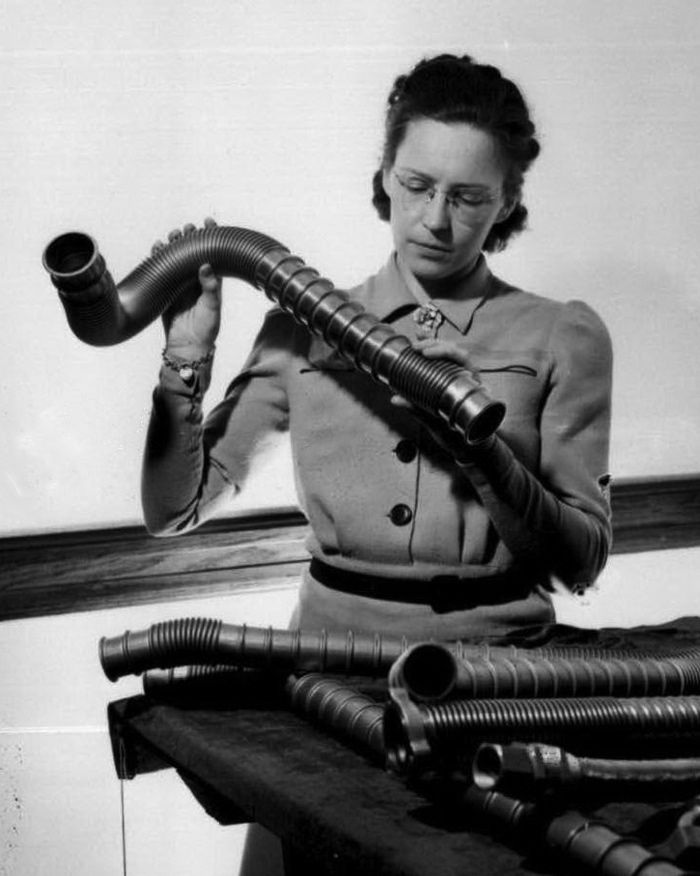
Hawker Hurricane
The Hawker Hurricane entered operational service in the 1930s and performed a critical role during the Battle of Britain in 1940, when it shot down more enemy aircraft than the better-known Spitfire. RCAF No. 1 Squadron, later redesignated as 401 Squadron, flew Hurricanes during the Battle of Britain and destroyed at least thirty enemy aircraft. Top Canadian aces Willie McKnight and Stan Turner also flew Hurricanes with Royal Air Force 242 Squadron during the battle. On the home front, the Canadian Car and Foundry company in Thunder Bay, Ontario, started rolling out Hurricanes for the war effort in January 1940. The production was led by Canadian Elsie MacGill, the first female aeronautical engineer in the world and the chief aeronautical engineer for the company, earning her the nickname “Queen of the Hurricanes.”
Save as much as 52% off the cover price! 6 issues per year as low as $29.95. Available in print and digital.
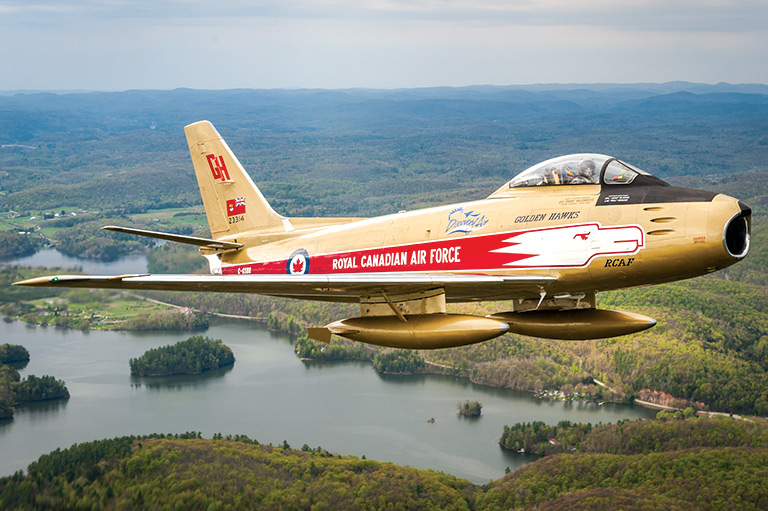
F-86 Sabre
The F-86 Sabre entered service in 1947 after the end of the Second World War. The versatile aircraft provided the RCAF with a modern fighter that served NATO through-out the early Cold War in Europe. During the Korean War, twenty-one RCAF pilots volunteered to serve, flying F-86 Sabres alongside their American counterparts and completing more than nine hundred combat missions. In 1959, the RCAF Golden Hawks were formed as an official national aerobatic team to commemorate the fiftieth anniversary of powered flight in Canada. The iconic golden F-86 Sabre aircraft were led by Fern Villeneuve, an experienced RCAF pilot who guided the demonstration squadron through more than 134 air shows across North America.
Advertisement
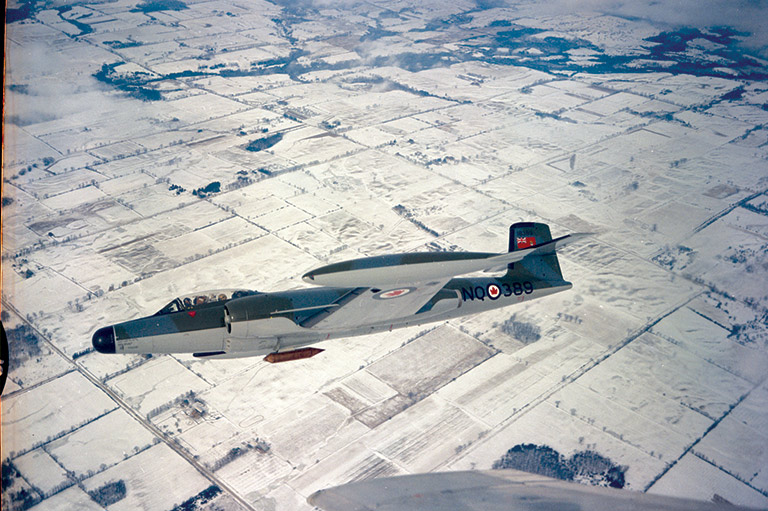
CF-100 Canuck
Canada’s only combat aircraft that was entirely designed and built in Canada deserves special recognition on the anniversary of the RCAF. The CF-100 Canuck was designed and built by Avro Canada and took its first flight on January 19, 1950. The aircraft was an interceptor, designed to meet potential Soviet bombers, and served throughout the Cold War until 1981. It was powered by Canadian-designed Orenda engines, and a total of 692 were built by 1958. At that time Avro Canada was one of the largest companies in the country, employing more than fifty thousand people. The cancellation of the CF-100’s successor, the better-known Avro Arrow, led to the eventual dissolution of the company in 1962.
We hope you’ll help us continue to share fascinating stories about Canada’s past by making a donation to Canada’s History today.
We highlight our nation’s diverse past by telling stories that illuminate the people, places, and events that unite us as Canadians, and by making those stories accessible to everyone through our free online content.
Canada’s History is a registered charity that depends on contributions from readers like you to share inspiring and informative stories with students and citizens of all ages — award-winning stories written by Canada’s top historians, authors, journalists, and history enthusiasts.
Any amount helps, or better yet, start a monthly donation today. Your support makes all the difference. Thank you!
Themes associated with this article
Advertisement


